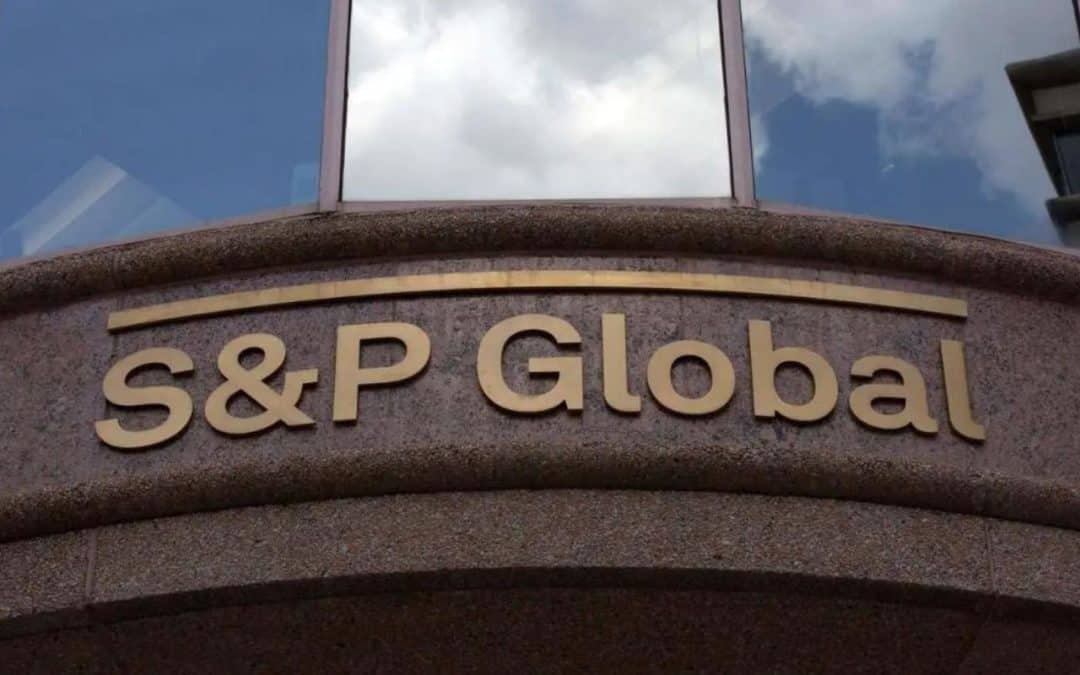The day after S&P Global and Moody’s both lowered their credit ratings for select regional lenders with significant exposure to commercial real estate (CRE), shares of numerous U.S. banks plummeted.
The move by S&P will increase the cost of borrowing for a banking sector trying to recover from a crisis earlier this year, when three regional bankers failed, causing chaos throughout the industry.
According to David Wagner, portfolio manager at Aptus Capital Advisors, “some of the structural aspects for banks, regarding their balance sheet, remain risks to banks, as the Fed continues to try to anchor inflation with higher rates for longer.”
Due to financing risks and a greater reliance on brokered deposits, S&P downgraded Associated Banc-Corp and Valley National Bancorp’s ratings on Monday.
It also downgraded Comerica Bank and UMB Financial Corp., citing decreased deposits and higher interest rates. KeyCorp’s ratings were also lowered by the rating agency due to its limited profitability.
Despite the fact that S&P did not specifically mention any big banks, the rating action had an impact on their equities. JPMorgan Chase and Bank of America both saw their shares drop by close to 2%.
Approximately 1% was lost by Citgroup, Wells Fargo, Goldman Sachs, and Morgan Stanley.
Shares of KeyCorp, Comerica, and Associated Banc-Corp fell more than 3%, while those of Valley National and UMB Financial dropped between 2% and 4%.
Despite the fact that Wagner was “surprised” by banks’ healthier-than-anticipated loan growth in the second quarter, he still believes that lenders will continue to have issues.
In addition, S&P changed the outlook from “stable” to “negative” for S&T Bank and River City Bank due to increased CRE exposure.
Additionally, the price of insurance against a default on US banks has increased. According to data from S&P Global Market Intelligence, Goldman Sachs’ five-year credit default swaps on Tuesday increased to 78 basis points from 77 bps at Monday’s close to their highest level in a month.
The downgrades by S&P’s colleague Moody’s, which reduced the ratings of 10 U.S. banks and forewarned of impending downgrades for many major institutions, came weeks after similar actions by S&P.
Banks now have to pay more interest on deposits to deter consumers from switching to higher-yielding alternatives, which has increased costs. This is due to the U.S. Federal Reserve raising interest rates.
According to Brian Mulberry, client portfolio manager at Zacks Investment Management, “These downgrades are primarily focused on the liquidity concerns now raised by multiple agencies where banks have a lot of loan portfolios that are only drawing 2.5-4.5% in interest income while now needing to pay depositors 4.5-5.5% in savings and money market accounts.”
Despite the stresses shown by the downgrades, there is no immediate systemic danger on the banking industry, he continued.
Last week, a Fitch analyst warned CNBC that numerous U.S. banks, including JPMorgan Chase, might receive downgrades if the sector’s “operating environment” continued to deteriorate. Fitch is the last of the three major rating agencies. (Additional reporting by Akanksha Khushi; editing by Varun H K, Pooja Desai, Lananh Nguyen, Anil D’Silva, and David Gregorio; reporting from Gokul Pisharody, Niket Nishant, and Saeed Azhar in New York, Michelle Price in Washington, and Dhara Ranasinghe in London.)

